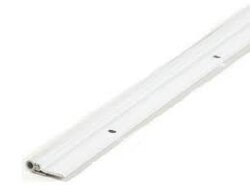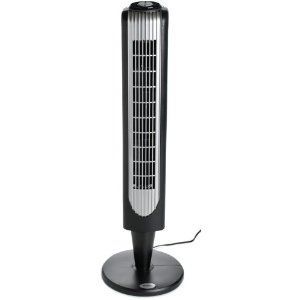As I'm fighting a plunging thermometer outside, there is a part of me that wishes I had pushed harder on the wife to go with a freestanding or larger insert vs our Regency i2400 that we put in this Fall. Anyone else feel like that? Maybe it's just this artic chill!
It's on me for letting the retailer talk me out of "heating yourself out of the room" with the i3100 but when I'm struggling to keep 70 degrees in a 1600 sq ft house (that's in the room WITH the stove) and busting out all my seasoned red oak to do it, I'm fighting the feeling of buyer's remorse. I do have an exterior brick chimney that I assume is bleeding out a decent amount of heat (based on the lack of snow on it at any time).
However, I do think I have a couple of things I need to tackle this Spring to give me a leg-up:
It's on me for letting the retailer talk me out of "heating yourself out of the room" with the i3100 but when I'm struggling to keep 70 degrees in a 1600 sq ft house (that's in the room WITH the stove) and busting out all my seasoned red oak to do it, I'm fighting the feeling of buyer's remorse. I do have an exterior brick chimney that I assume is bleeding out a decent amount of heat (based on the lack of snow on it at any time).
However, I do think I have a couple of things I need to tackle this Spring to give me a leg-up:
- Roxul and/or Durock behind the insert to better capture / refract heat
- Seal around all of my windows and put door sweeps in
- Consider blow in or (gulp) spray foam insulation for this 100 year old house



